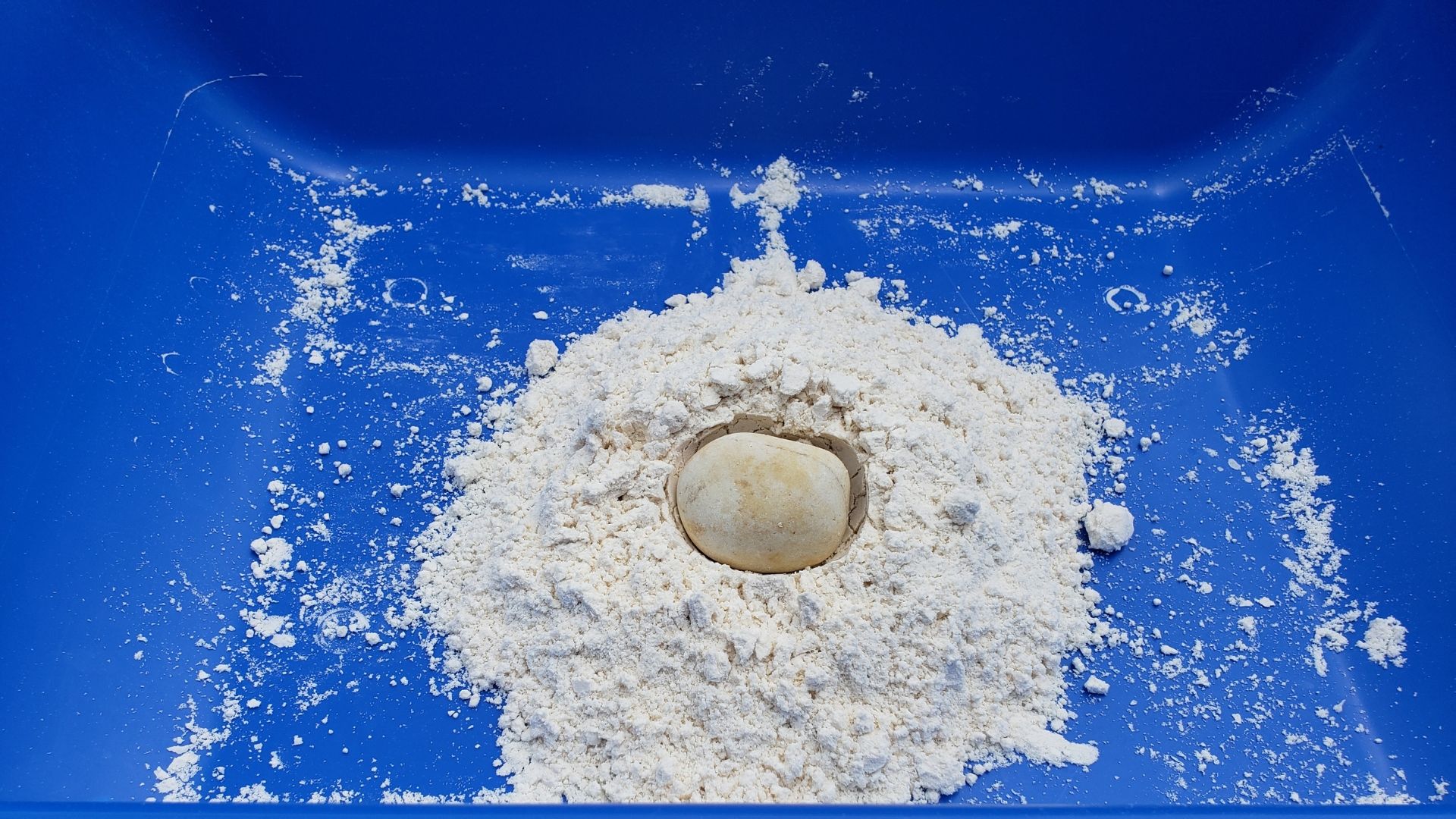We'd like to thank our partner, Florida Prepaid, for sponsoring this colorful activity! Today’s young scientists are tomorrow’s college graduates. Saving early for college sends your child a powerful message that you believe in their future — and want them to avoid debt later. Learn more about Florida Prepaid’s College Savings Plan at myfloridaprepaid.com.

Cheese or Sand? What does the moon feel like? Find out with this stellar activity!
Have you ever looked up at night and thought "what does the moon feel like?" The moon’s surface is made up of craters and rocks. Craters are holes in the Moon’s surface formed by impact from an asteroid, which is a chunk of rock and metal in outer space. Using our DIY Moon Sand recipe, you too can experiment and make your own moon craters and touch the surface of the moon!
These recipes call for various food items but it is not to be consumed! Keep an eye out for this when little ones are playing with their moon sand. We do recommend doing this activity outside if possible as it does tend to get messy.
Materials for DIY Moon Sand:
- 4 cups of all-purpose flour
- 1/2 cup of baby oil
- Measuring cups
- Mixing bowl
- Rocks of various sizes
- Mixing spoon *optional
- Play bin *optional
Materials for Gluten-Free DIY Moon Sand:
- 2 cups of baking soda/powder
- 2 cups of cornstarch
- 1 cup of baby oil
- Measuring cups
- Mixing bowl
- Rocks of various sizes
- Mixing spoon *optional
- Play bin *optional
Directions:
STEP 1:
- First, measure out your dry ingredients and add them to your mixing bowl, this will be your flour or baking soda/cornstarch base. When you scoop these ingredients into your measuring cups, make sure you level off the cup to make sure you get a full cup!
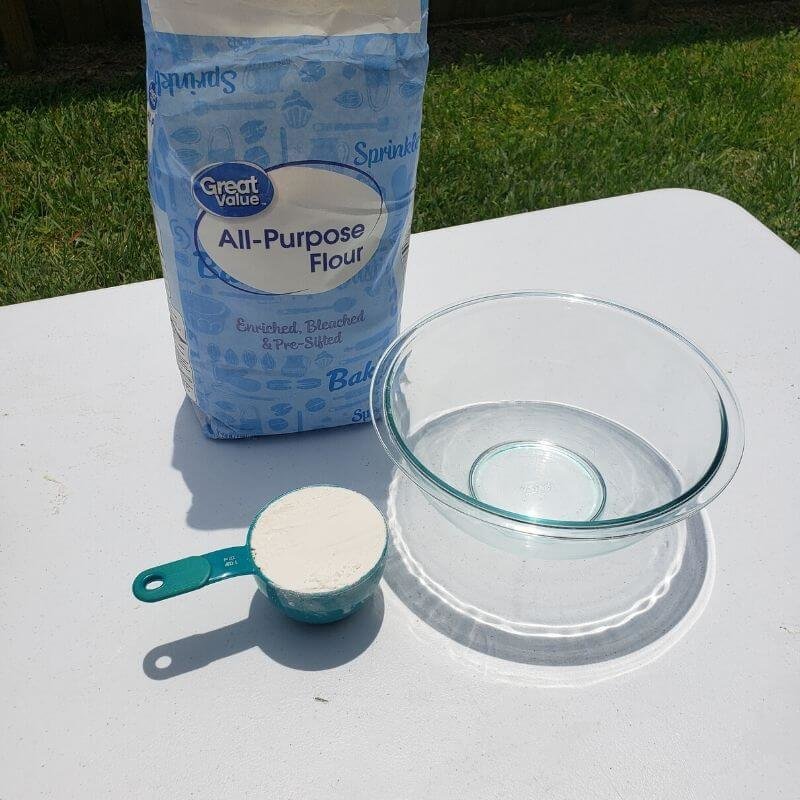
STEP 2:
- Next, we will add in our liquid ingredients. Measure out the designated amount of oil to add to your mixture and carefully pour it into your bowl.
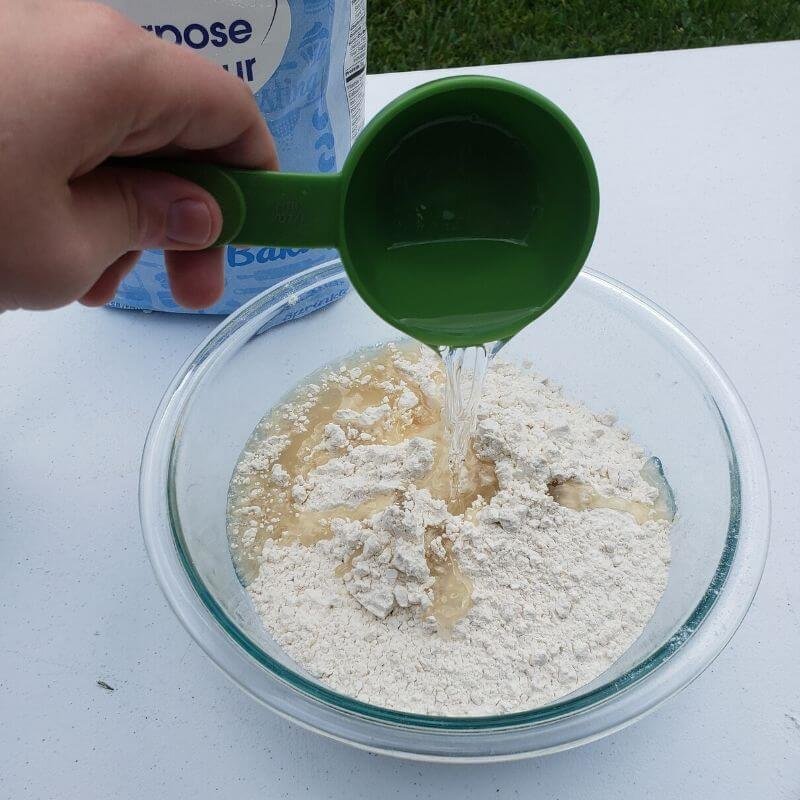
STEP 3:
- Here’s where it starts to get messy! Start to mix all of your ingredients together. You can mix with your hands or a large mixing spoon. Your dry ingredients will absorb the oil and start to stick together while still remaining soft. The best moon sand texture is crumbly, but still able to be molded together.
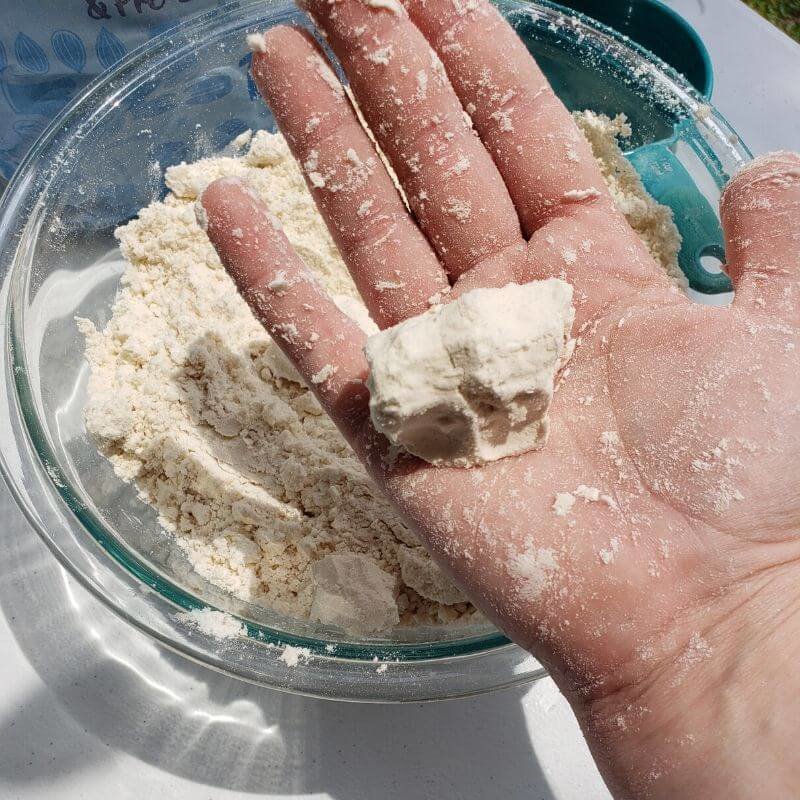
Now that you have made your moon sand, you can start making your own craters!
Our moon sand is nice and soft but is perfect for making impressions. Gather a few rocks of different shapes and sizes. Through this activity, children will be able to experiment and make observations about their craters while changing variables of the activity. How will your results change?
Experiment: Even out your moon sand to form a layer at the bottom of your bowl or bin. Stand over your moon sand and gently drop different rocks onto the surface. You can measure the size of your craters with a ruler by how many inches wide or deep it is. Record your results, you can write or draw the way your crater looks and take note of your measurements to compare later.
Try some of these variations and observe how your craters change:
- Drop your asteroids from different heights
- Instead of an even layer, build up your moon sand into a mountain and try dropping your asteroid onto it and see what happens.
- Try making your moon sand look like the moon by forming all kinds of craters of all shapes and sizes in your sand.
- Mold your moon sand into different phases of the moon
So, now that you have created and experimented with your own moon sand, can you answer the question? What does the moon feel like to you?
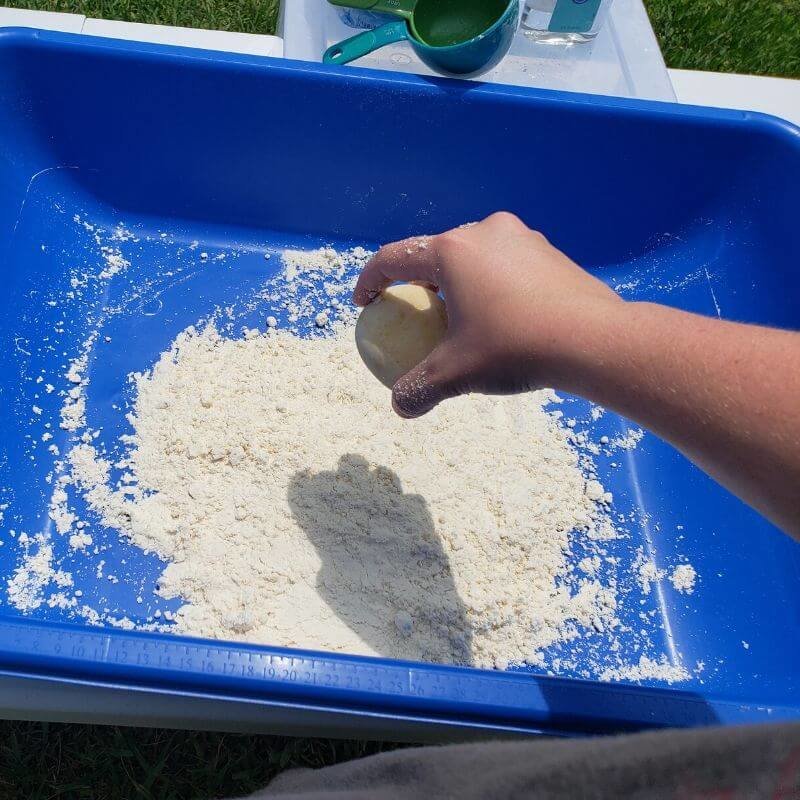
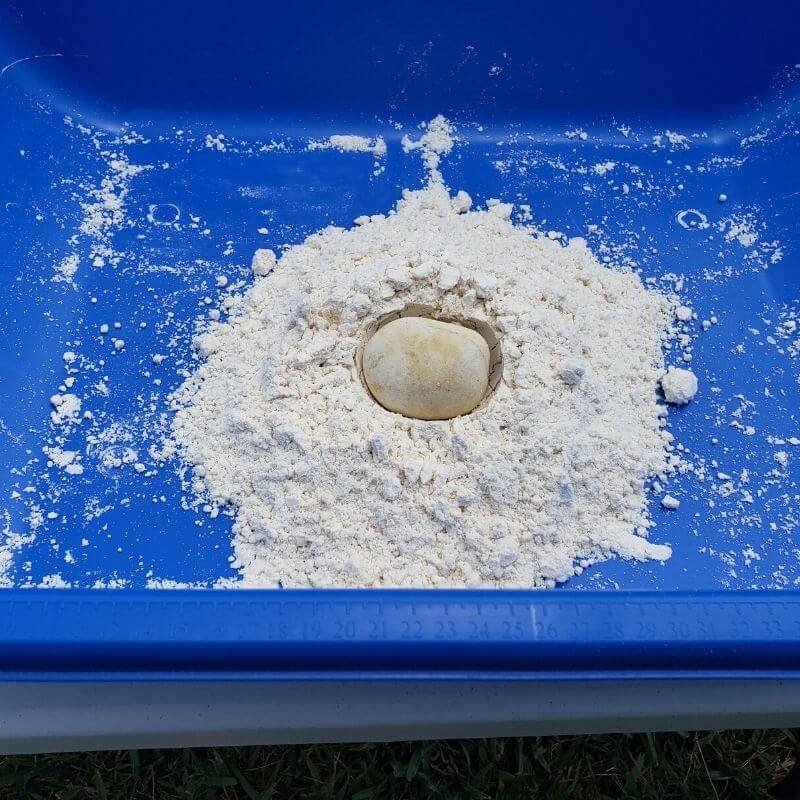
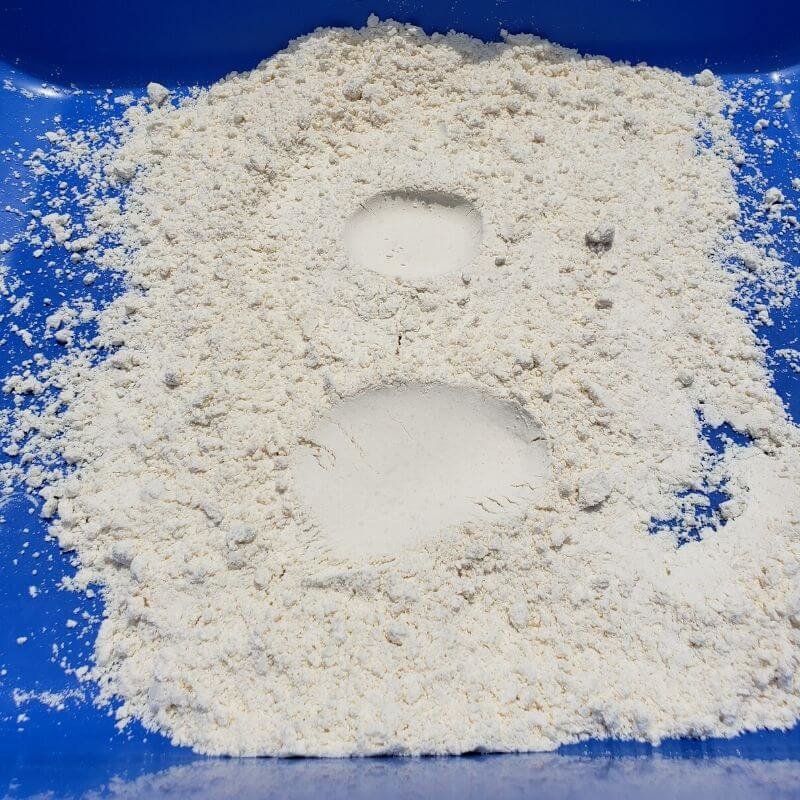
Make Conclusions
Which rocks made the deepest impressions? What happened to your craters when you changed the height at which you dropped your asteroids? What did your data tell you about your experiment?
If you had fun making moon sand crater creations and snapped some photos, be sure to submit it to our Science Showcase here or tag Orlando Science Center and use #OSCatHome on social media! You might be featured on our channels.
OSC At Home Emails
Get a round up of our latest activities and ideas delivered straight to your inbox so you don't miss a thing!
Support OSC At Home
In these ever-changing times, it is our pleasure to adapt quality Orlando Science Center experiences to engage with everyone while they are safe at home. Please consider supporting our operating fund to ensure we can continue developing resources today and well into the future. Thank you for your generosity and support!
